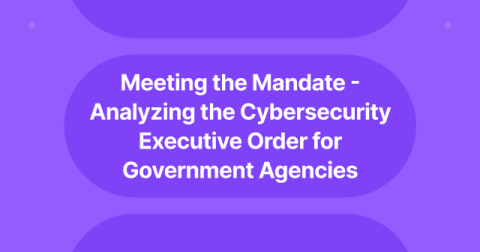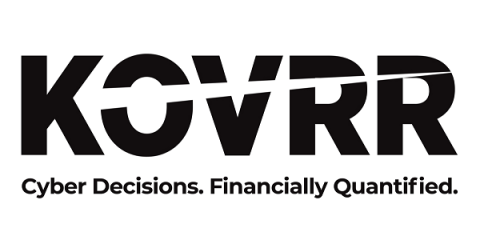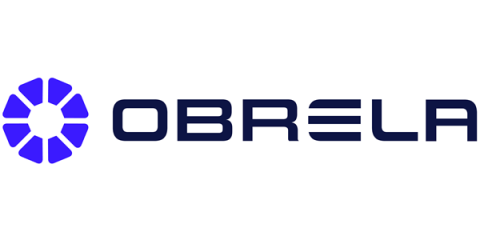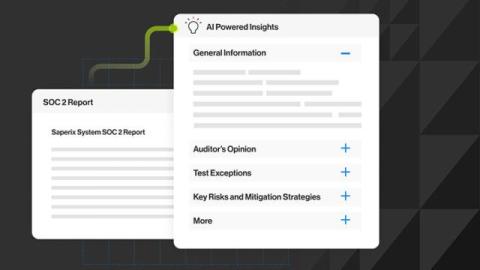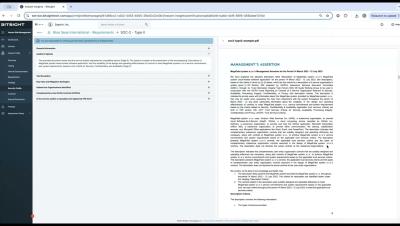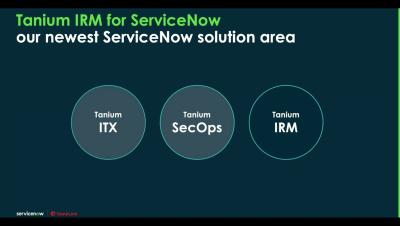Meeting the Mandate - Analyzing the Cybersecurity Executive Order for Government Agencies
Recognizing the critical role of software in our national infrastructure and digital economy, the order prioritizes the security of the software supply chain.


